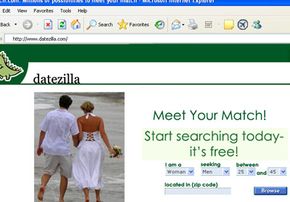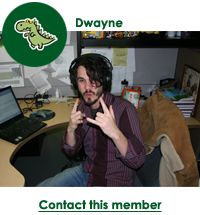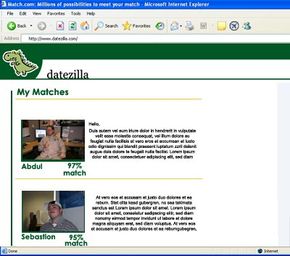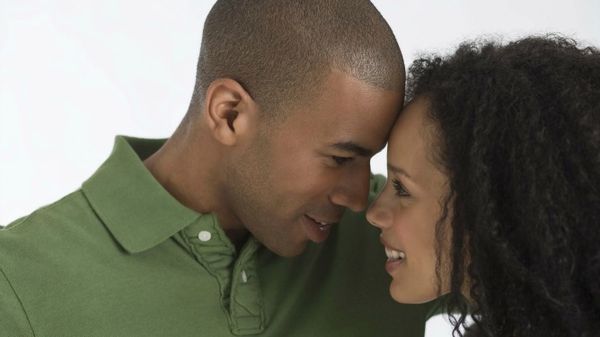If you’ve decided to become a paying member of a dating site, you can start contacting other users if their profile appeals to you. These messages don’t have to very elaborate, since you’ve already put a lot of information into your profile. Something along the lines of, “Hey, I saw your profile and it seems like we have some common interests. Take a look at my profile, and if you’re interested, send me a message,” is probably sufficient. You might send messages to several people at once, or you might contact one at a time –- it’s up to each user.
From there, you simply wait. Some people will write back to let you know they’re not interested, while others will simply ignore your message. In some cases, the person you wrote to might not be visiting the site anymore. But a few of your contacts will eventually respond, and other people will start contacting after they see your profile. How long it takes depends on the site and the individual user. Reports from dating-site users range from one who cited a ratio of “about a million to one” contacts to actual dates to another who had two dates almost immediately and is still dating one of them.
Before long, you’ll have e-mailed back and forth with someone you’re interested in meeting face to face. In the next section, we’ll plan a date for maximum safety and success.
The amount of time between that first e-mail and a first in-person date varies from person to person. That’s one of the benefits of online dating –- you can take your time if you want to and really get to know someone well before you ever meet. Or you can plan a date right away and find out if there’s any chemistry. Either way, it’s important to keep safety in mind, along with a few other things to make sure your first date goes smoothly.
It’s important to talk to your date on the phone before you meet. Even if you’ve been conversing via e-mail for weeks, just one call can avoid a lot of problems. If the blonde, 24-year-old, female swimsuit model you’ve been writing to turns out to be a 13-year-old boy playing a joke, a phone call is a good way to find out.
Once it comes time to plan the actual date, choose a neutral, public setting and arrive there independently. There are some dangerous people in the world, and even though they may be thankfully rare, it’s still not a good idea to take a long hike into an isolated area with someone you don't know. Going to someone’s house can be risky, too, for both men and women. In one case, a man went to meet a women he met online, and when he arrived, she pulled a knife and took his wallet.
Specific suggestions include a coffee shop, a busy restaurant, a college sports game or a movie theater. The key is to make sure there will be plenty of other people around. Make sure you let someone know where you’ll be going and what time you plan to return. A little caution never hurt anybody.
Of course, the vast majority of dates will turn out to be perfectly normal, safe people. However, quite a few of them can be boring, annoying or just plain unattractive. For this reason, plan for a short first date. Dinner or a few cups of coffee won’t take more than an hour or so, so even the worst date will be over soon enough. If all goes well, you can plan for more lengthy dates in the future.
Next, we’ll see how online dating sites put people together.






